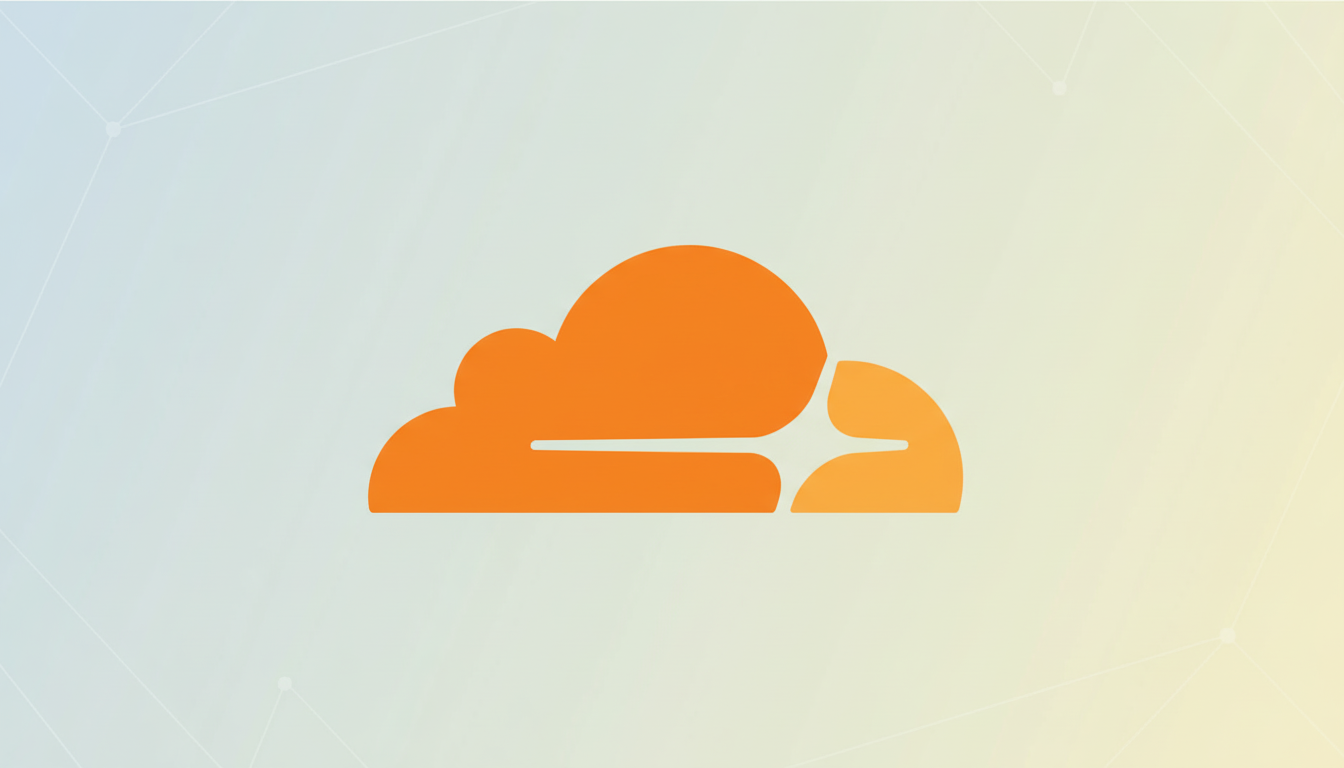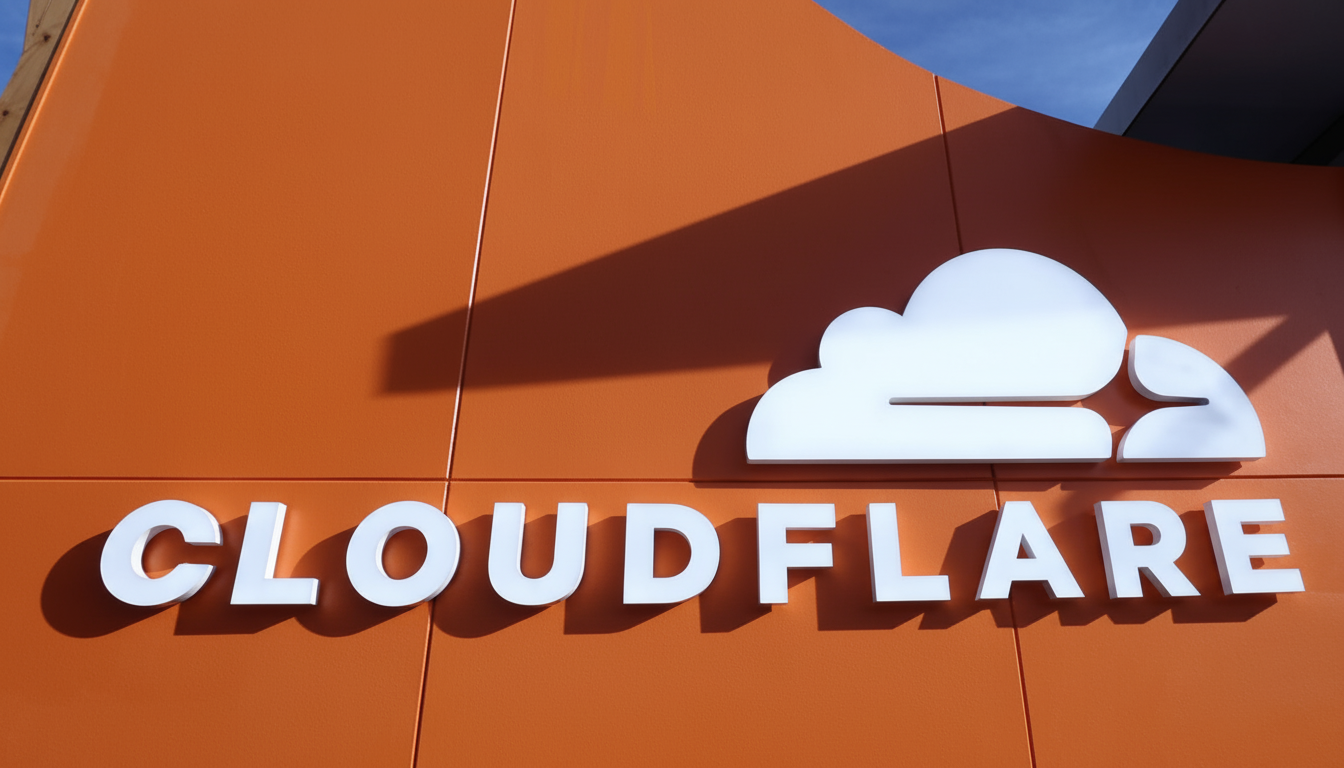A Cloudflare outage swept across the internet, causing prominent services such as ChatGPT, Spotify, Uber, and X to go offline or into error as millions of users experienced 500-series errors, timeouts, and failed logins.
The event magnifies how integrated into a few infrastructure providers the backend of modern apps is for DNS, security, and content delivery.

Downdetector quickly filled with reports for a wide variety of other sites and services in addition to the marquee names, including Canva, Zoom, DoorDash, and Letterboxd, as dozens of web and mobile apps started throwing server errors simultaneously.
While no public statement from every affected service explicitly links the Cloudflare incident, the amalgamated array of victims and the coincidence of the outlier data is enough to speculate about the culprit.
What went wrong during the widespread Cloudflare outage
Cloudflare confirmed a problem affecting many customers and said a correction took place with services restored, but the teams were “seeing an increased rate of HTTP 5xx errors and are mitigating the impact on our network.”
OpenAI’s status page cited a third-party supplier issue as the reason for ChatGPT and API service interruptions, stating that a similar problem resulted in the cascade of model endpoints and its media-generation tools.
It’s because this kind of disaster frequently starts in the plane that controls the direction of traffic pushed into the edge—WAF rules, routing, or reverse proxy tweaks—or the data centers that surround networking.
Although the Cloudflare Anycast model is robust, the same lightning-fast global dissemination of a terrible setup launched the synchronization of 500/502 responses across regions.
Which services and apps were hit during the Cloudflare outage
Users reported all too familiar failure modes: ChatGPT issuing “something went wrong” and rate limits; X timelines halting after partial loads; Uber riders stuck in booking loops; Spotify listeners getting playback errors, with some noting app crashes on podcast start. For companies that build on top of Cloudflare’s services for applications — which include origin shields, bot mitigation and caching, among other things — the resulting outage became a hard endpoint failure rather than a soft degrading experience.

It’s a reminder that outages today do more than just turn off websites; they disrupt the flow of advertising, food delivery, ride-hailing and customer service. Some of those sites could serve cached pages using staleness directives, but many transactional flows — checkouts, logins, API calls — failed closed because they can’t responsibly proceed if there’s no live back-end confirmation.
Why just one provider can stall the internet
It’s a good part of the web: Cloudflare sits in front of something like 10% of it, doing DNS, DDoS protection, SSL termination and edge compute. Industry trackers like W3Techs have long pegged Cloudflare as the top reverse proxy and CDN, consistently serving more than 20% of sites (by their measurements) and even more of high-traffic destinations. That focus makes the company a linchpin of performance — and a potential lone point of failure when things go wrong.
This isn’t unique to Cloudflare. Hyperscale provider Amazon Web Services has seen this recently, and it demonstrates how transactions with large, multi-tenant platforms can have infrequent but wide-ranging failures. The trade-off for speed and worldwide distribution is a very tight coupling between thousands of apps and a small set of shared control planes.
What companies can do today to reduce single-point risk
By building on the foundation of a multi-CDN architecture with automated failover, dual DNS providers with health checks, and explicit circuit breakers that drop non-essential features when upstreams misbehave, engineering teams can limit the blast radius. Circuit breakers (Zipkin incubator) give you a way to talk about timeouts (and retry policies using backoff and jitter), with stale-while-revalidate and with serve-stale-on-error for when origins are unreachable, we can keep more things online.
Just as critical are health checks that don’t run through the CDN to test origin health, along with synthetic testing from different networks. Transparent status communication helps customers get informed and cuts down on unnecessary troubleshooting by end users.
What users should know and do during broad service outages
For users, this kind of disruption is usually a matter of availability rather than a security breach. Very rarely have I seen people delete and reinstall apps or even perform factory resets in any sort of successful way; the disease is further upstream. For transactions or posts that hang, don’t keep resubmitting them all the time until the services come back up, as you might end up with duplicates once the service is restored. When in doubt, visit official status pages or reliable outage trackers instead of relying on crowdsourced “fixes.”
All eyes are on a postmortem from Cloudflare detailing the root cause and the safeguards put in place as services stabilize. The more general point is straightforward: the speed and convenience of the internet are ultimately built on top of a few shared platforms, and resilience comes now from clever architectural diversity as much as raw capacity.

